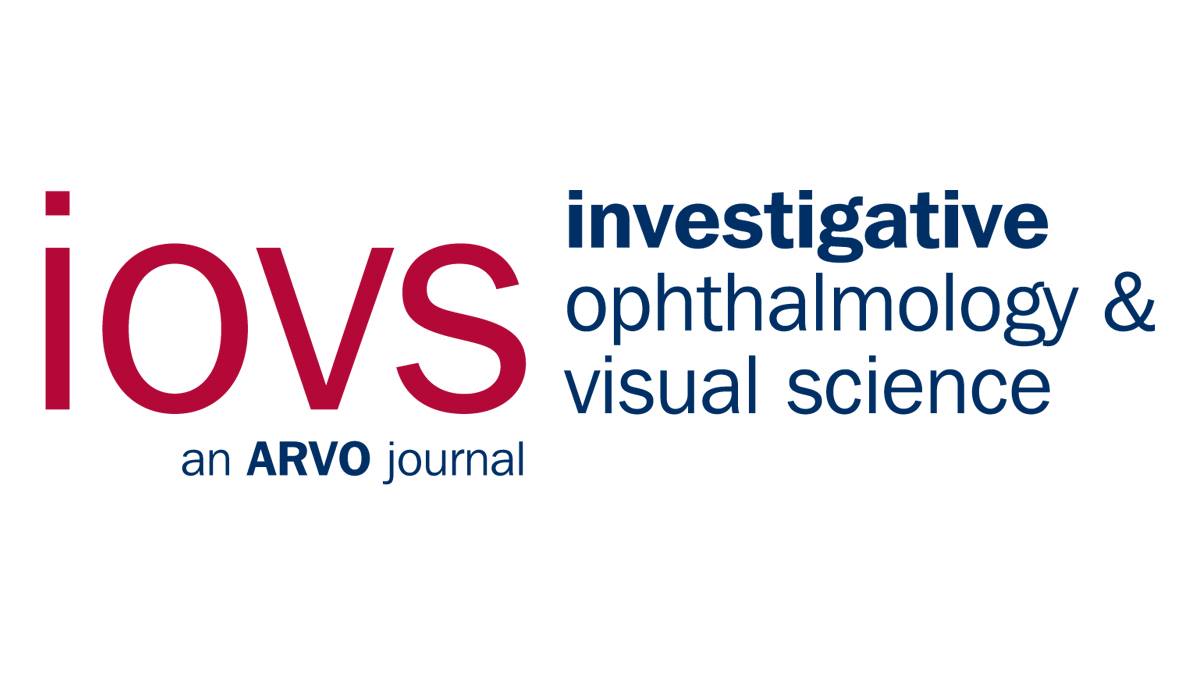Abstract
PURPOSE: Although cortical visual impairment (CVI) is the leading cause of bilateral vision impairment in children in Western countries, little is known about the effects of CVI on visual function. The aim of this study was to compare visual evoked potential measures of contrast sensitivity and grating acuity in children with CVI with those of age-matched typically developing controls.
METHODS: The swept parameter visual evoked potential (sVEP) was used to measure contrast sensitivity and grating acuity in 34 children with CVI at 5 months to 5 years of age and in 16 age-matched control children. Contrast thresholds and spatial frequency thresholds (grating acuities) were derived by extrapolating the tuning functions to zero amplitude. These thresholds and maximal suprathreshold response amplitudes were compared between groups.
RESULTS: Among 34 children with CVI, 30 had measurable but reduced contrast sensitivity with a median threshold of 10.8% (range 5.0%-30.0% Michelson), and 32 had measurable but reduced grating acuity with median threshold 0.49 logMAR (9.8 c/deg, range 5-14 c/deg). These thresholds were significantly reduced, compared with age-matched control children. In addition, response amplitudes over the entire sweep range for both measures were significantly diminished in children with CVI compared with those of control children.
CONCLUSIONS: Our results indicate that spatial contrast sensitivity and response amplitudes are strongly affected by CVI. The substantial degree of loss in contrast sensitivity suggests that contrast is a sensitive measure for evaluating vision deficits in patients with CVI.
Free PMC article. PMCID: PMC3501833

